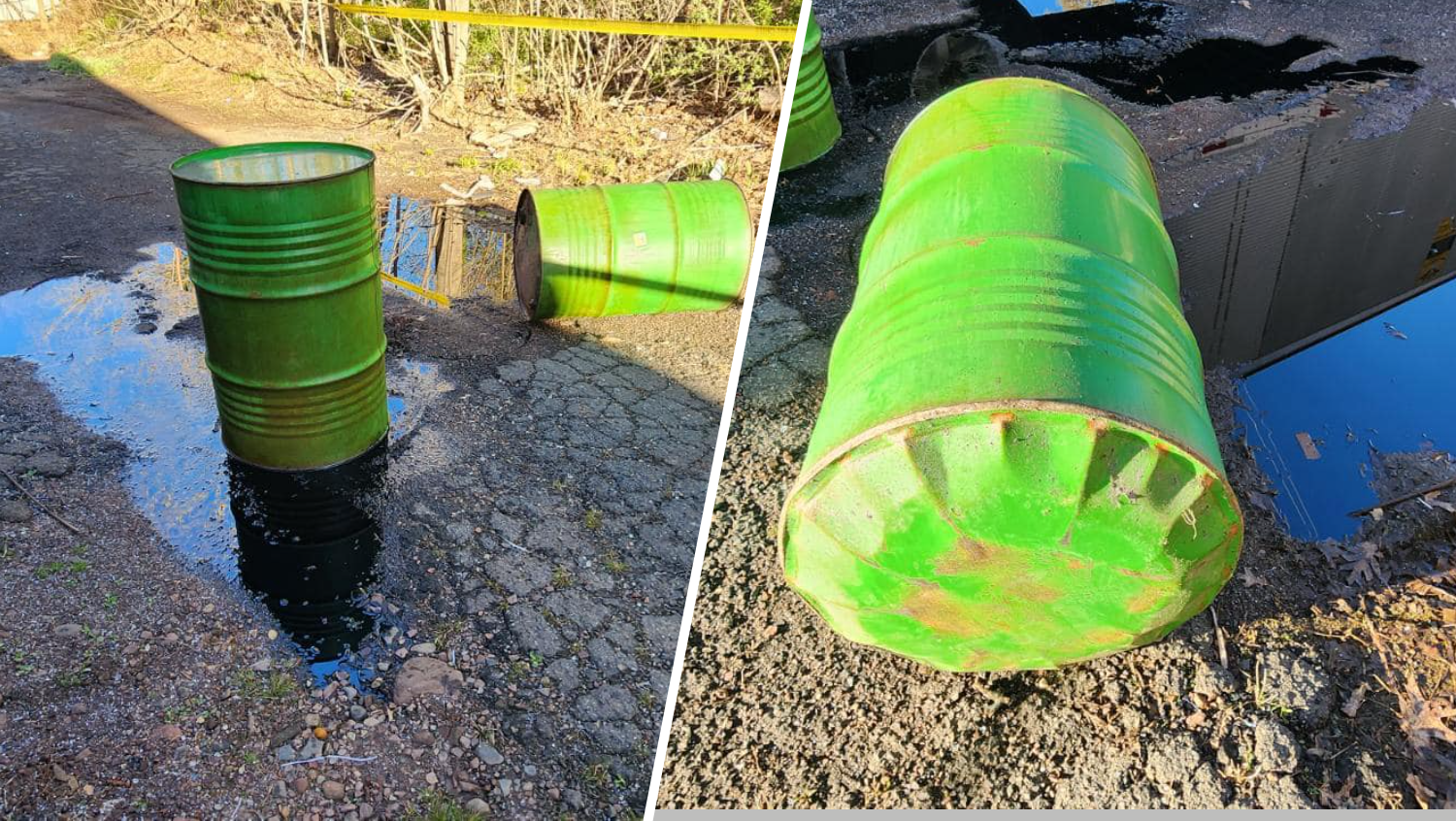The vaunted European weather model received a major upgrade this morning.
Boasting a horizontal resolution of 9 km, the European is now the highest resolution global weather model in the world.
"It will result in the Europeans pulling ahead of the GFS," Cliff Mass, an atmospheric sciences professor at the University of Washington, told NBC Connecticut. "
Normal
0
false
false
false
EN-US
X-NONE
X-NONE
/* Style Definitions */
table.MsoNormalTable
{mso-style-name:"Table Normal";
mso-tstyle-rowband-size:0;
mso-tstyle-colband-size:0;
mso-style-noshow:yes;
mso-style-priority:99;
mso-style-parent:"";
mso-padding-alt:0in 5.4pt 0in 5.4pt;
mso-para-margin:0in;
mso-para-margin-bottom:.0001pt;
mso-pagination:widow-orphan;
font-size:10.0pt;
font-family:"Times New Roman","serif";}
The EC [European] model is now superior to the GFS."
The European model is run by the European Centre for Medium Range Weather Forecasting, or ECMWF, a consortium of 34 countries that fund and support the operation.
Normal 0 false false false EN-US X-NONE X-NONE /* Style Definitions */ table.MsoNormalTable {mso-style-name:"Table Normal"; mso-tstyle-rowband-size:0; mso-tstyle-colband-size:0; mso-style-noshow:yes; mso-style-priority:99; mso-style-parent:""; mso-padding-alt:0in 5.4pt 0in 5.4pt; mso-para-margin:0in; mso-para-margin-bottom:.0001pt; mso-pagination:widow-orphan; font-size:10.0pt; font-family:"Times New Roman","serif";} The primary competitor to the European is the American Global Forecast System, or GFS model.
Ever since Hurricane Sandy, weather models have been in the public discourse, something not previously seen in decades of weather forecasting.
Last year, the GFS was upgraded to 13 km.
Local
Dr. Louis Uccellini, director of the U.S. National Weather Service, recently appeared on The Weather Channel program Wx Geeks and touched on the competition between the models.
"We've always been constrained by our computing capacity, so we had to make tough choices," Uccellini said.
According to Uccellini, it takes three components to produce a numerical forecast: secure a computing capacity, have the best models and a robust data assimilation system that includes global observations.
To that end, the organization recently completed its installation of a brand new Cray supercomputer.
"Most importantly, we're now up to 2.8 petaflops on our operational system, and 2.8 on our backup system as well," said Uccellini.
That means more capacity, speed, better data assimilation and higher resolution, among other things.
To visualize what a model looks like at a certain resolution, think of the model used on NBC Connecticut known as Exact Track. At 4 km, it is high enough to resolve squall lines of severe weather, but not individual storm cells. It's what's known as a "mesoscale" model, not a global model.
At 9 km, the new European is certainly well within range of many mesoscale models, from a resolution viewpoint, even though it is a global model.
Mass continued, " Normal 0 false false false EN-US X-NONE X-NONE /* Style Definitions */ table.MsoNormalTable {mso-style-name:"Table Normal"; mso-tstyle-rowband-size:0; mso-tstyle-colband-size:0; mso-style-noshow:yes; mso-style-priority:99; mso-style-parent:""; mso-padding-alt:0in 5.4pt 0in 5.4pt; mso-para-margin:0in; mso-para-margin-bottom:.0001pt; mso-pagination:widow-orphan; font-size:10.0pt; font-family:"Times New Roman","serif";} It [European] will become more superior as it gains additional resolution (down to 9 km), which should enhance prediction of critical convection in the tropics."
But resolution isn't everything. In fact, it's far from it.
Will a sports car run on water? No. The same idea works with weather models. The higher the quality information fed into the model, the better the output will be.
The ground level is tough to model, and will never be perfect, but strides are being made in the meteorological community.
According to the ECMWF, many parts of the model have improved. Here's a list of just some improvements.
- Temperature, humidity and wind speed forecasts are consistently better
- Errors in most upper-air parameters have been reduced by 2-3 percent
- Modeling of terrain and coastlines will benefit from the added resolution
- Tropical cyclones have more clearly defined eyes and more realistic rain bands
- Accumulated freezing rain is a new product offering
- Solar zenith angle corrected; sunshine duration increases 2 hours on clear days
The operational run is complemented by 50 different ensemble members, which are designed to account for errors in the model.
Ensembles help First Alert forecasters give confidence information with their forecasts.
The new ensemble system will run at 18 km through 15 days, a large improvement over the previous ensemble version, which ran at 32 km through day 10.



